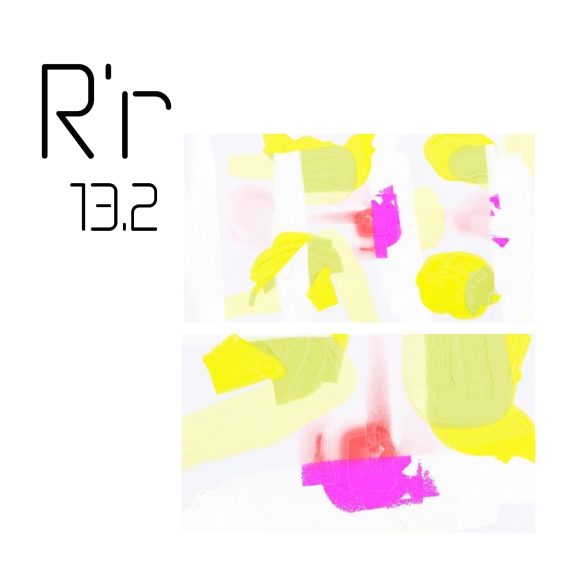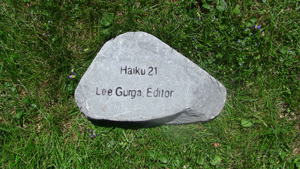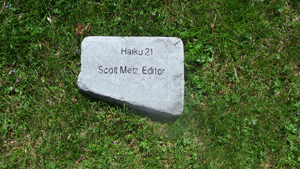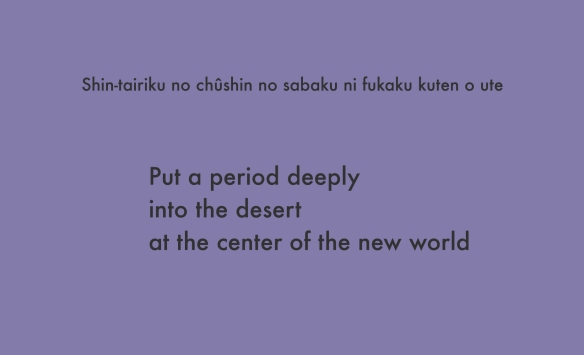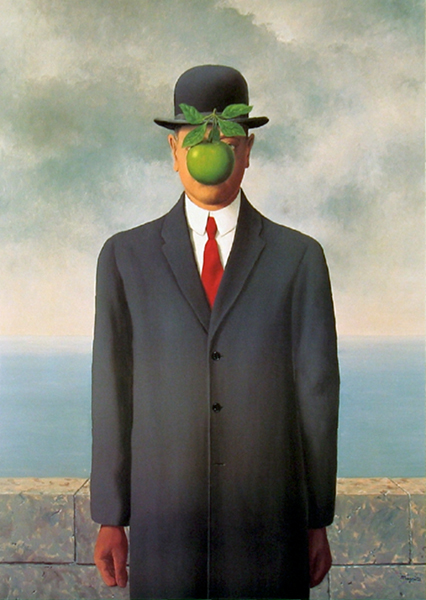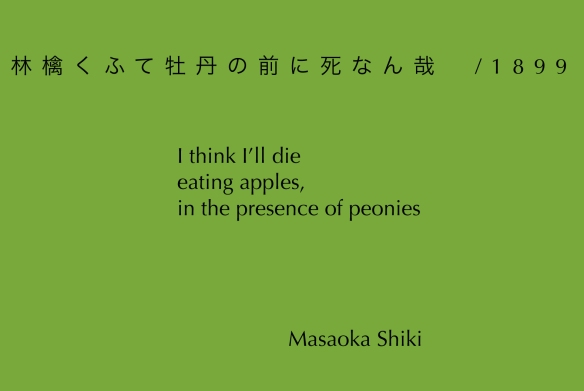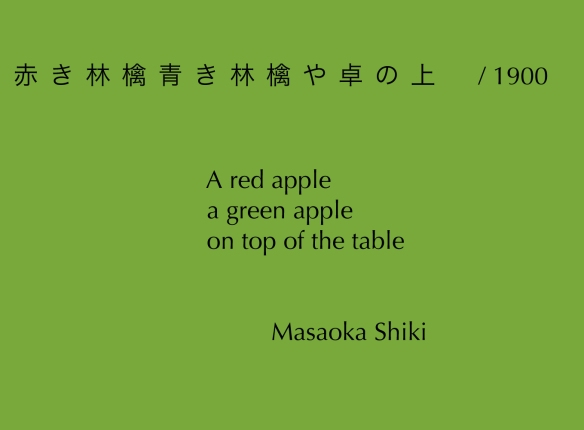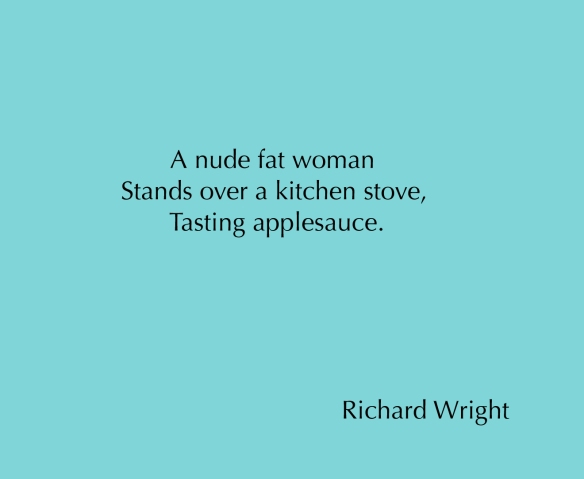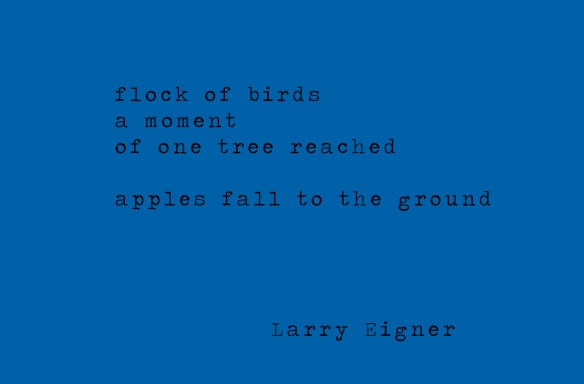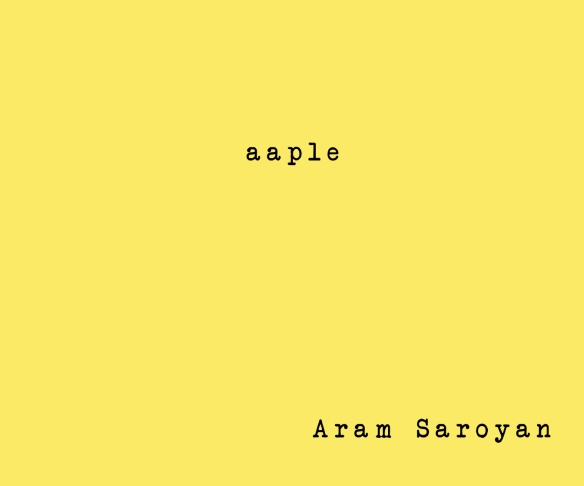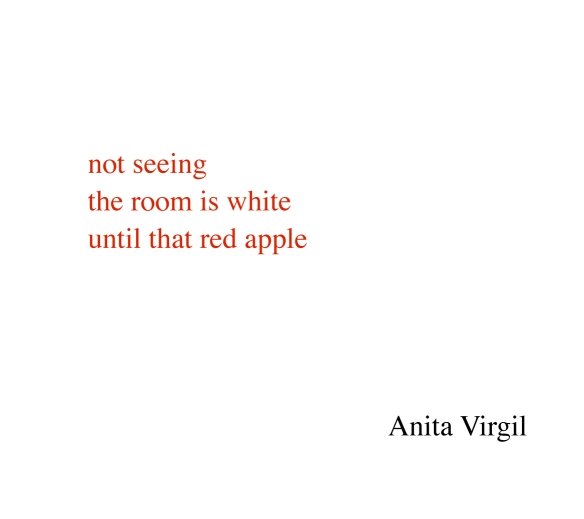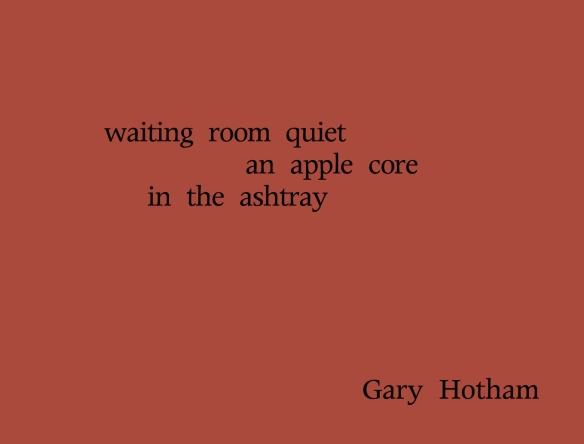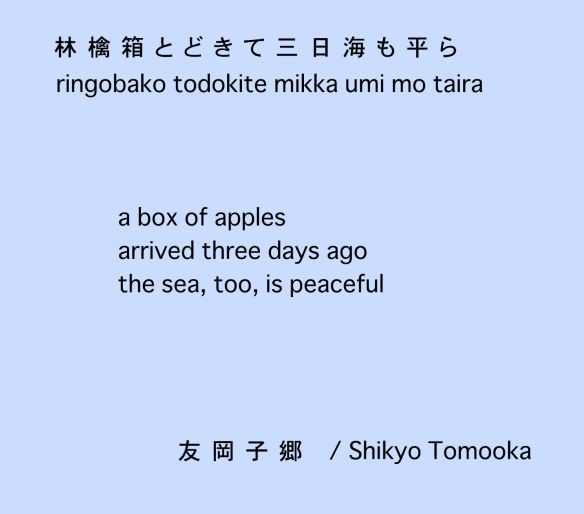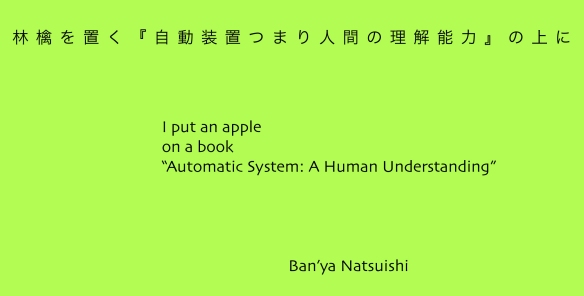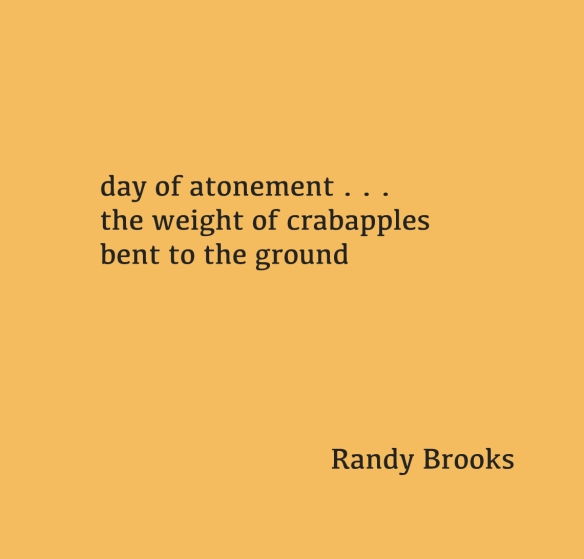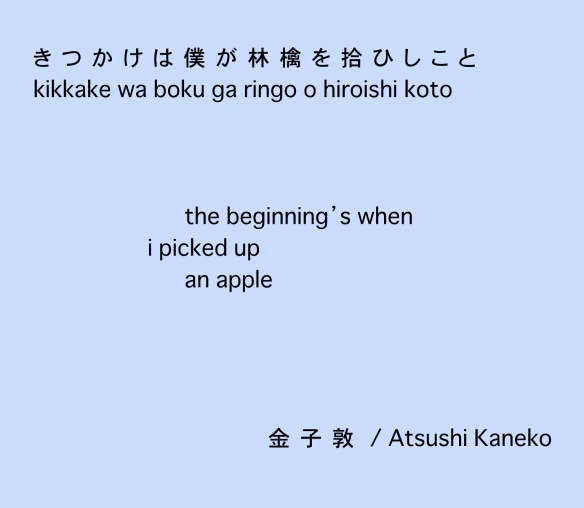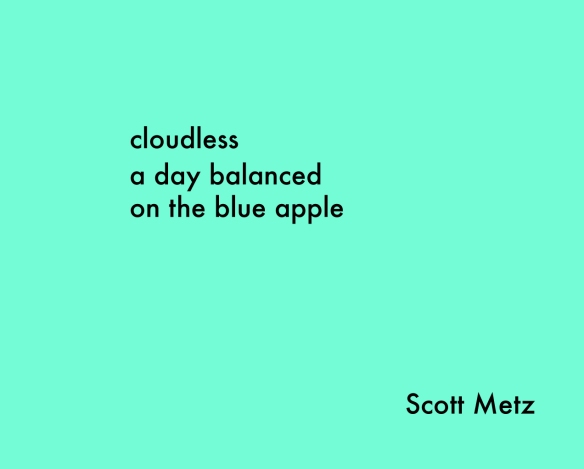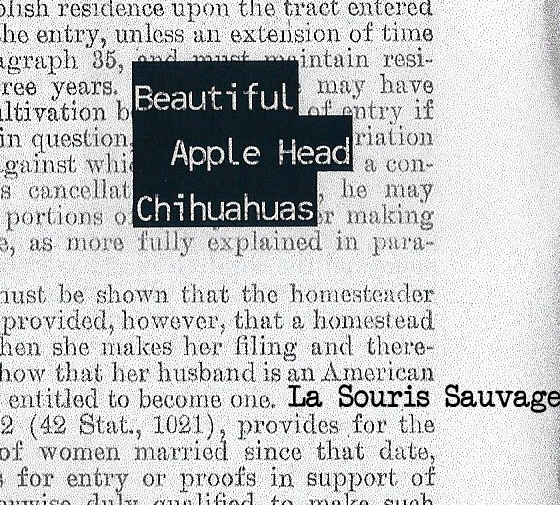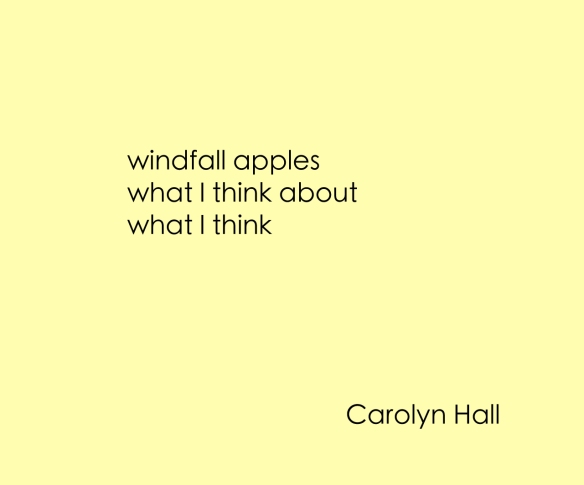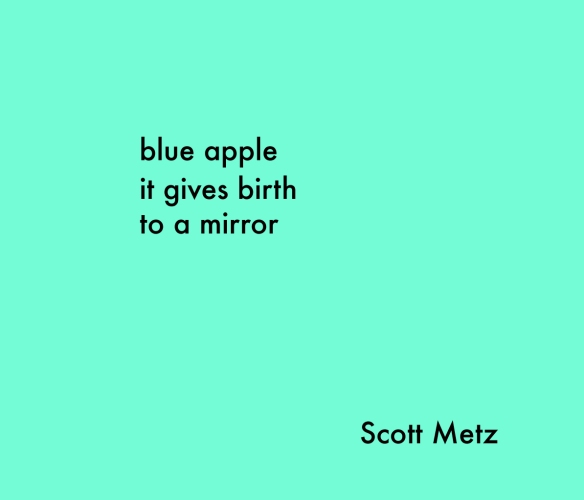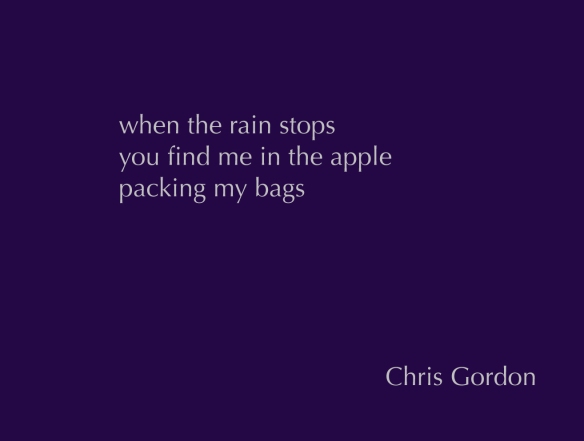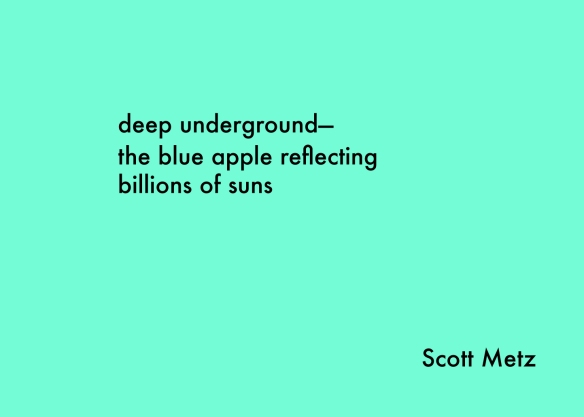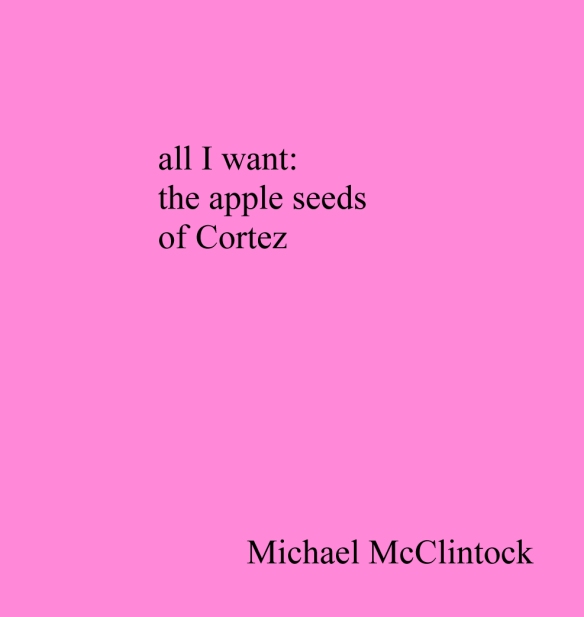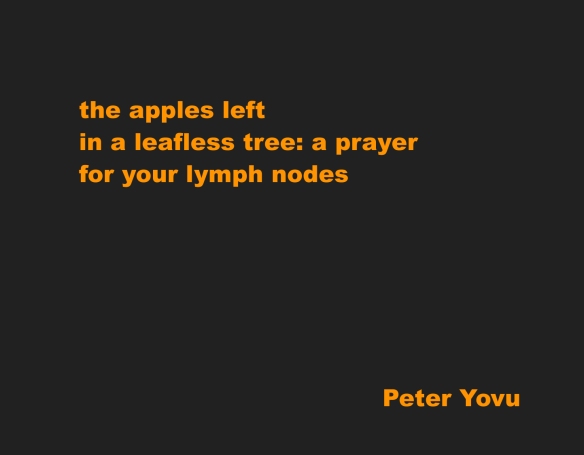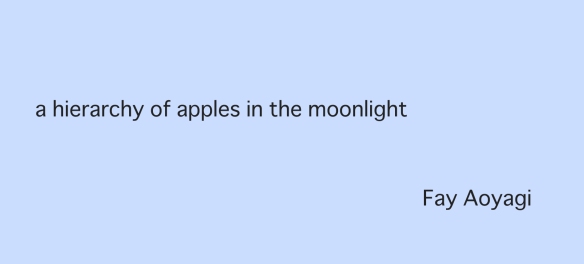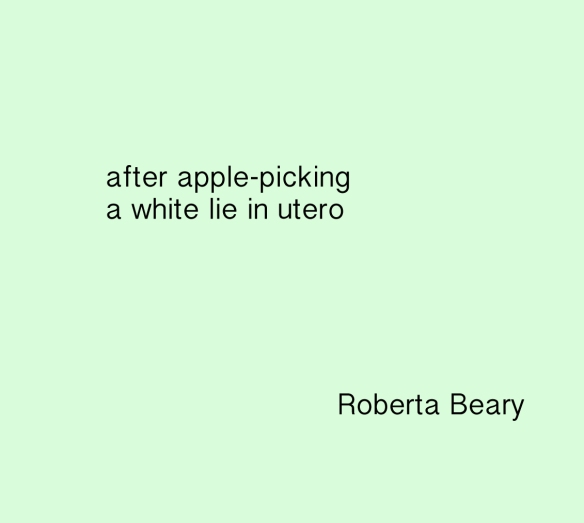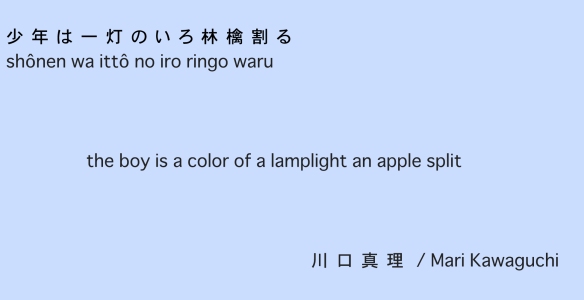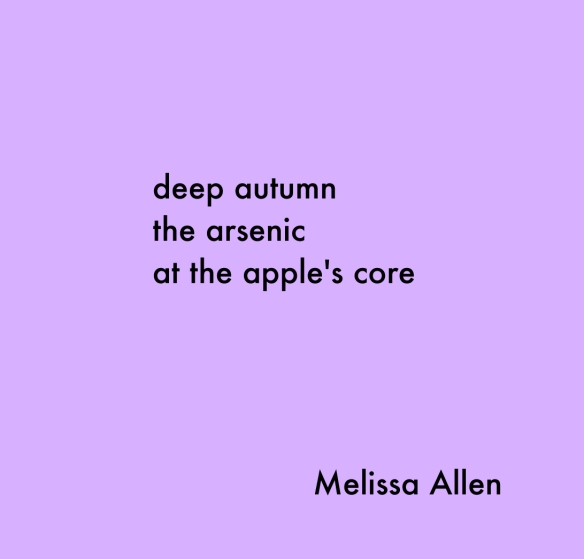
Pomme dragon by Salvador Dalí (1969/70)
—
suddenly
the pregnant woman’s shout
—Year of the Dragon
Anthony J. Pupello
from Frogpond 11:1 (1988)
—
Each time I’m born
from a dragon’s bone
I smile
Ban’ya Natsuishi
from Opera in the Human Body (1990)
translated by Ban’ya Natsuishi and Jim Kacian
—
price of children drops
the red dragon is being
with your wounds the dance
DA Levy
from ant ant ant ant ant number 5 (2002)
—
In the woods
a dragon rises
Shall I go in?
Ed Gallagher
from Asahi Haikuist Network (2009)
—
Prevalence of the
Dragon. Tail color of the
Last leaf of autumn.
Charles Henri Ford
from Emblems of Arachne (1986)
—
Moving anger
into clay
dragon
Marlene L’Abbe
from Raw NerVZ (1998)
—
My lover
like a clay dragon
stays wet
Tomizawa Kakio (1935~1940)
translated by Masaya Saito
from Modern Haiku 24:3 (1993)
—
what I cannot own the dragon takes a new lover
Jason Sanford Brown
from No. 33 (2008)
—
From the fog
the rush hour bridge
a dragon’s voice
Mike Taylor
from Modern Haiku 17:1 (1986)
—
Rain falls.
In each tangerine
a dragon is born.
Norberto de la Torre
from The universe in a hat (1995)?
translated by Ty Hadman
from Modern Haiku 36:3 (2005)
—
a groaning in the
jungle, that dragon
made of water
Robert D. Wilson
from “Vietnam Ruminations” (2003)
—
In the house of ice
playing with
a dragon nail
Yasui Kôji
translated by Ban’ya Natsuishi
from Kuhen (2003)
—
In the western sky
Beauty like a sick dragon
Yasui Kôji
translated by Eric Selland
from Kuhen (2003)
—
on the metro a homeless dragon to the weakening dollar
Jason Sanford Brown
from No. 33 (2008)
—
*special thanks to Charles Trumbull for assistance in putting this selection together
—
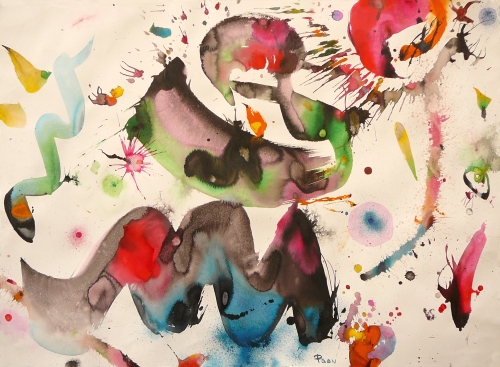
The Dragon Awakens by Li Poon (2009)

